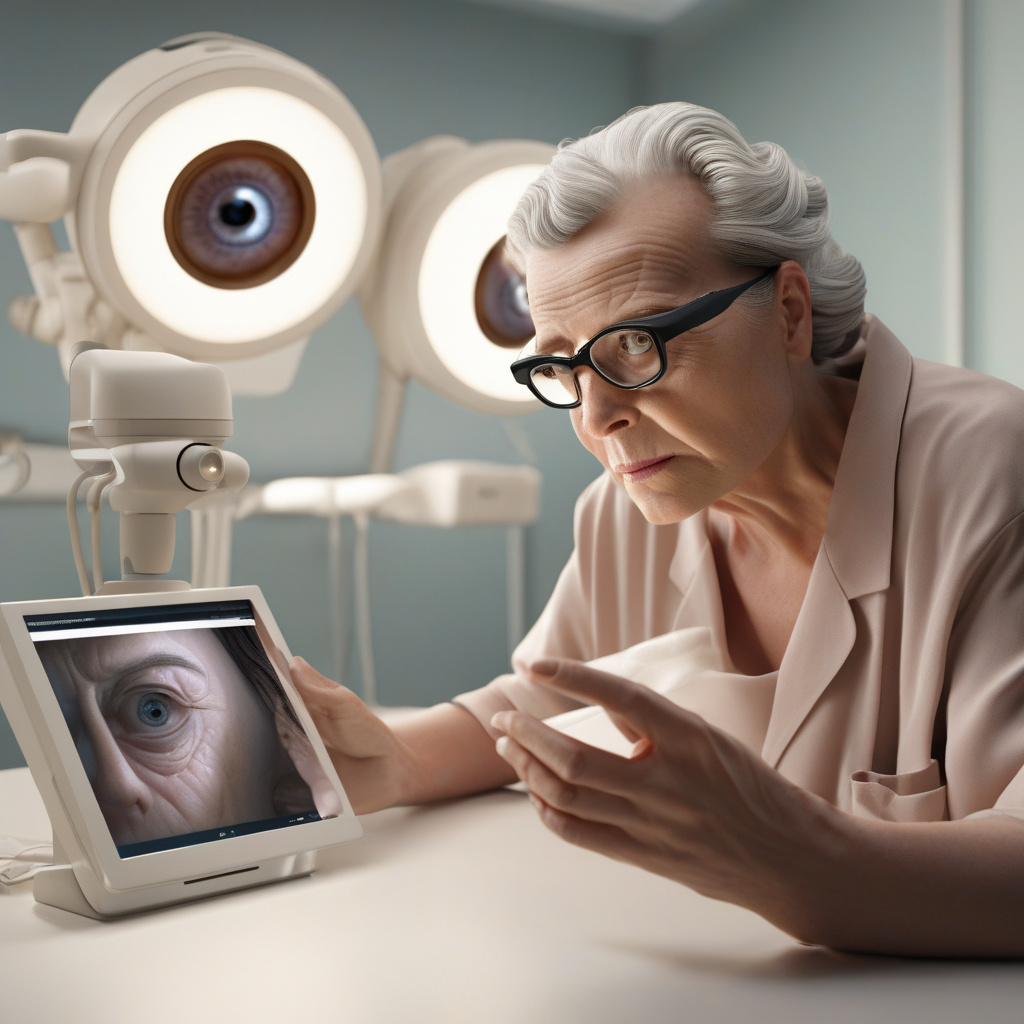AI-Powered Eye Implant Helps Blind Patients Read Again After Years Without Sight
A new electronic eye implant has helped people who lost their sight regain the ability to read. This groundbreaking technology utilizes artificial intelligence (AI) to restore vision in patients who have been blind for years, offering a glimmer of hope for those struggling with visual impairments.
The innovative eye implant works by harnessing the power of AI to interpret visual information and stimulate the optic nerve, allowing patients to perceive shapes, letters, and even words. This remarkable breakthrough has the potential to transform the lives of individuals who have long yearned to read again but were unable to do so due to vision loss.
One of the key advantages of this AI-powered eye implant is its ability to adapt and learn over time. By continuously analyzing and processing visual data, the implant can optimize its performance to provide patients with a clearer and more detailed visual experience. This adaptability sets it apart from traditional vision restoration methods and offers new possibilities for enhancing the quality of life for those living with visual impairments.
In addition to restoring the ability to read, the electronic eye implant opens up a world of opportunities for patients, enabling them to engage more fully in daily activities and regain a sense of independence. Tasks that were once challenging or impossible, such as recognizing faces, navigating unfamiliar environments, and enjoying visual arts, can now become achievable with the help of this cutting-edge technology.
The impact of the AI-powered eye implant goes beyond simple functionality; it also has profound psychological and emotional benefits for patients. The ability to read, a seemingly mundane task for many, holds immense significance for individuals who have been deprived of this basic skill. Being able to pick up a book, peruse a menu, or browse the internet independently can boost confidence, promote a sense of accomplishment, and foster a greater sense of connection to the world.
Moreover, the development of this groundbreaking technology underscores the potential for AI to revolutionize healthcare and assistive technologies. By leveraging the capabilities of artificial intelligence, researchers and innovators are paving the way for a future where disabilities are no longer insurmountable barriers but challenges to be overcome through innovation and ingenuity.
As the field of AI continues to advance, we can expect further breakthroughs in healthcare that will transform the lives of individuals with disabilities. The AI-powered eye implant is just one example of how technology can be harnessed to restore autonomy and dignity to those in need, offering a glimpse into a future where limitations imposed by physical conditions may no longer hold sway.
In conclusion, the AI-powered eye implant represents a remarkable advancement in the field of vision restoration, offering hope and renewed possibilities to blind patients who have longed to read again. By combining the power of artificial intelligence with cutting-edge medical technology, this innovation has the potential to redefine what is possible for individuals living with visual impairments, demonstrating the profound impact that technology can have on improving quality of life and fostering independence.
eye implant, AI technology, vision restoration, healthcare innovation, artificial intelligence












